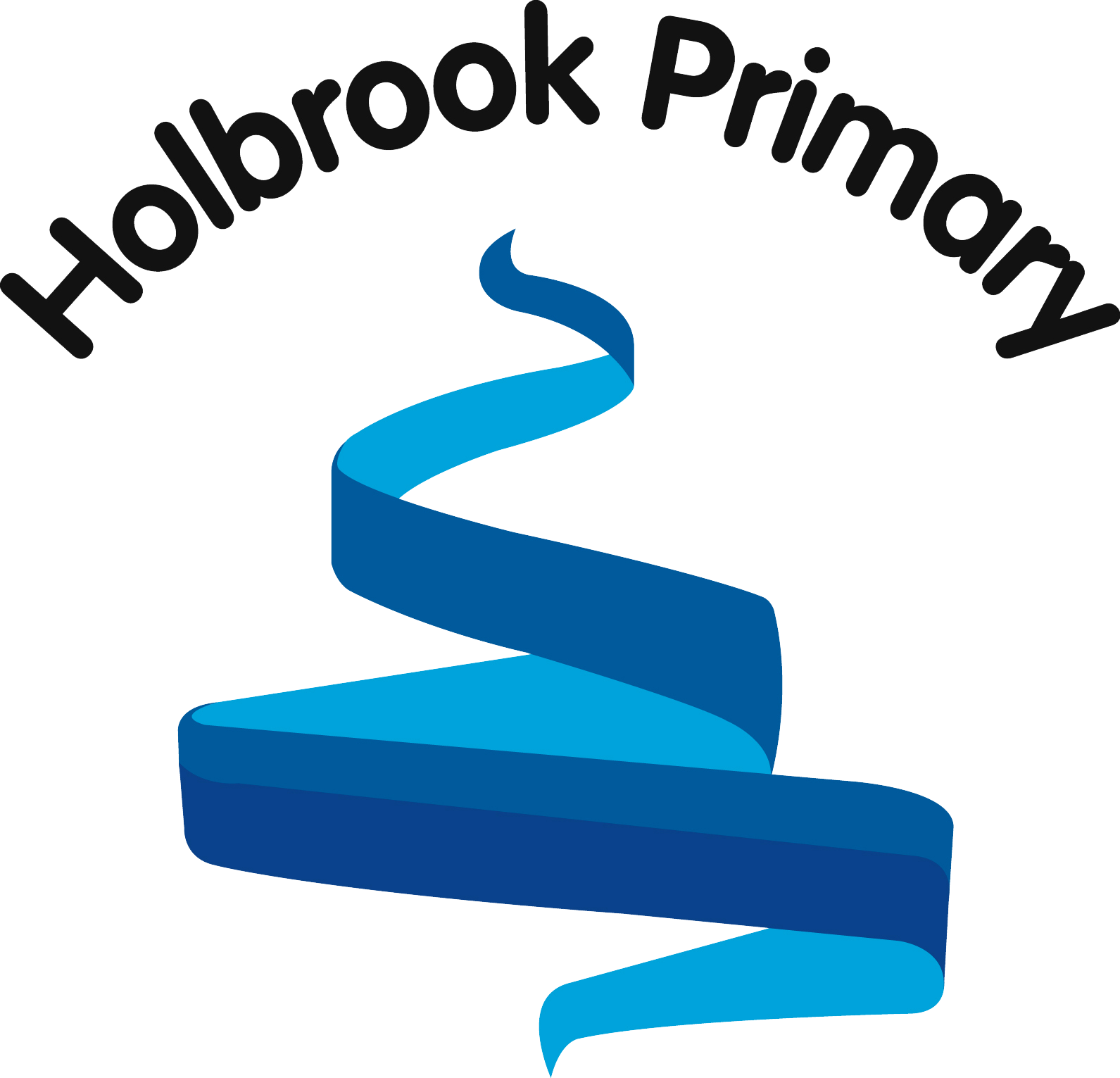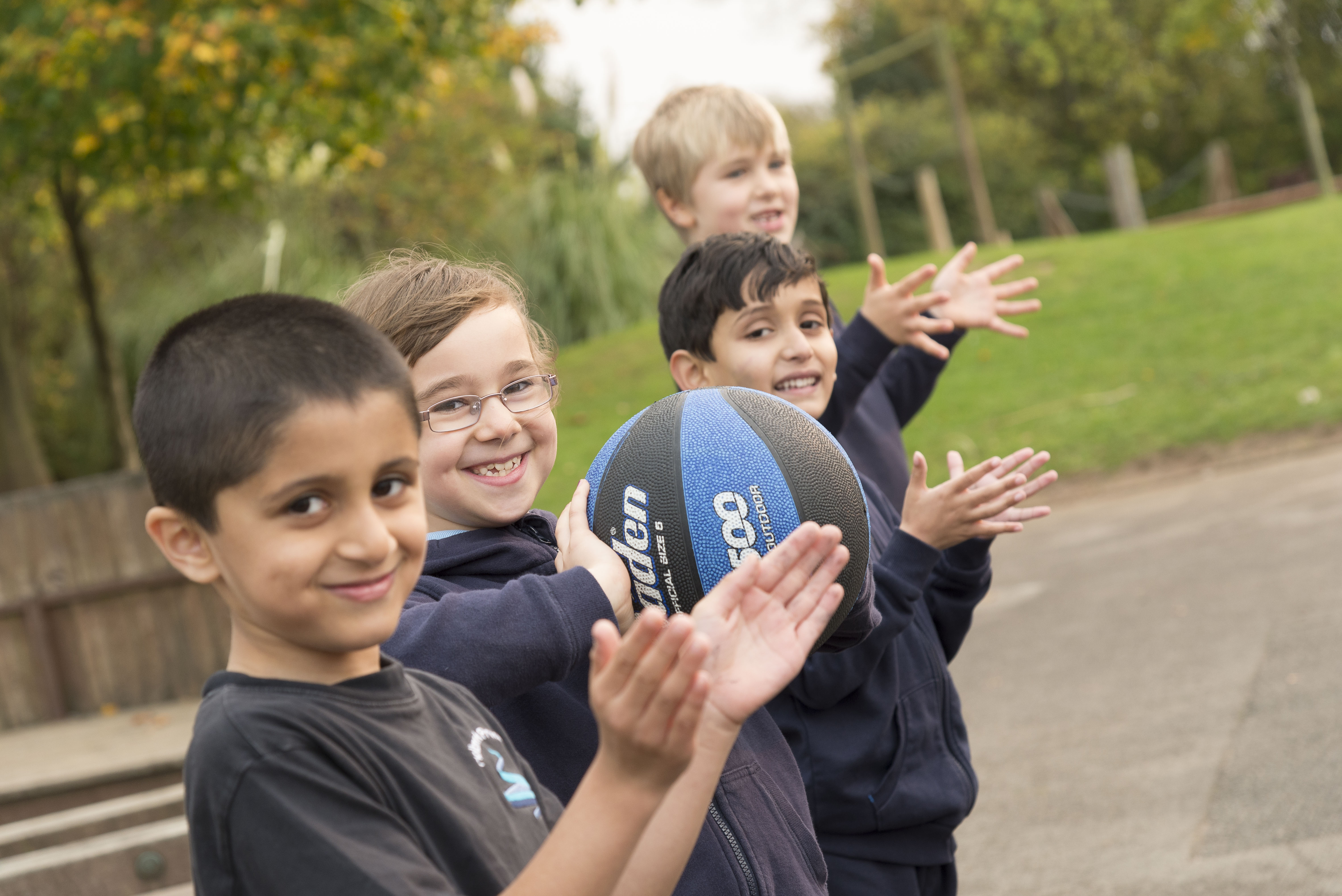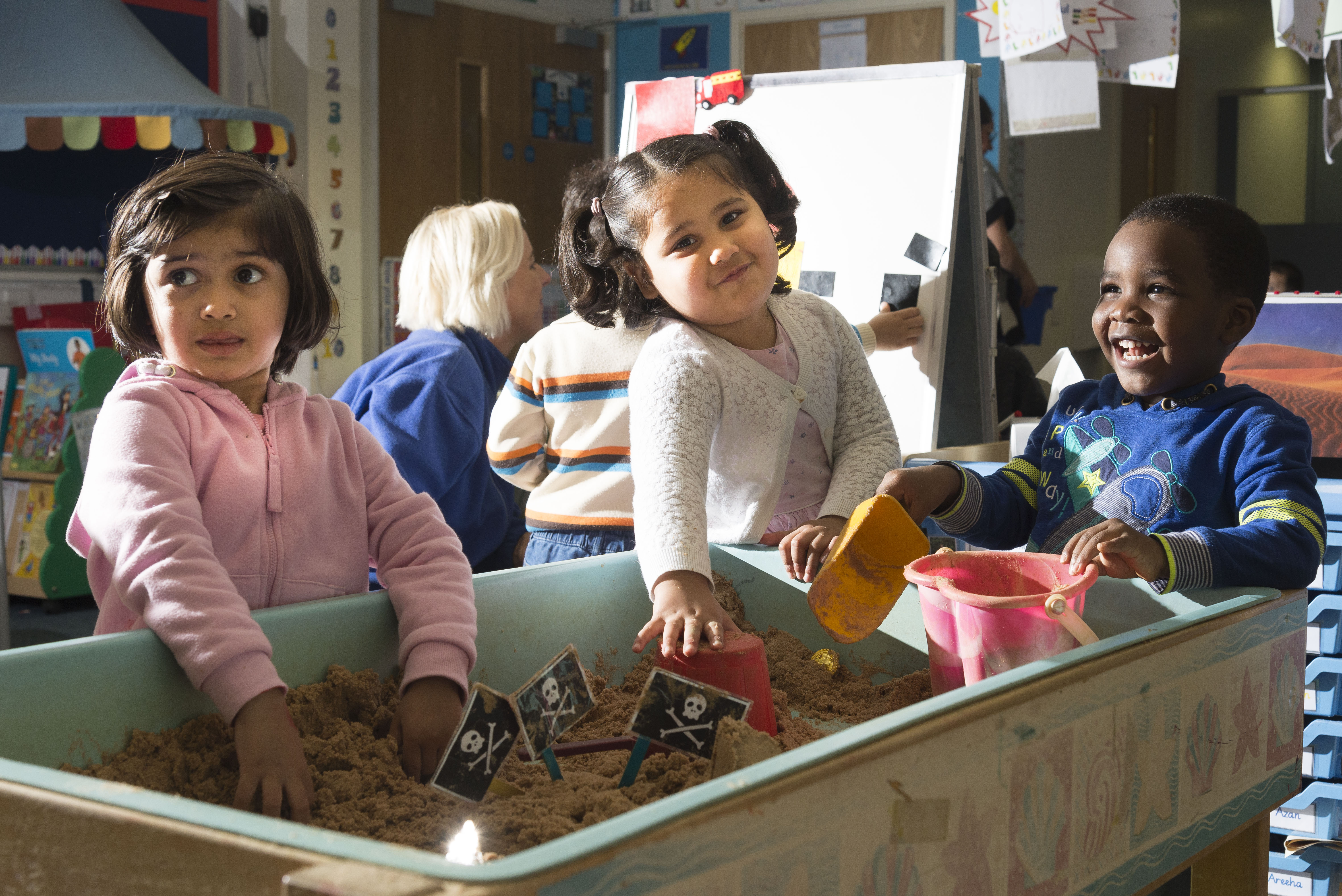Pupil premium strategy statement
This statement details our school’s use of pupil premium (and recovery premium for the 2022 to 2023 academic year) funding to help improve the attainment of our disadvantaged pupils.
It outlines our pupil premium strategy, how we intend to spend the funding in this academic year and the effect that last year’s spending of pupil premium had within our school.
School overview
| Detail | Data |
| School name | Holbrook Primary School |
| Number of pupils in school | 618 |
| Proportion (%) of pupil premium eligible pupils | 30% |
| Academic year/years that our current pupil premium strategy plan covers (3 year plans are recommended) | 2021-2025 |
| Date this statement was published | 20.10.2022 |
| Date on which it will be reviewed | 7/2023 |
| Statement authorised by | |
| Pupil premium lead | Dawn Lama |
| Governor / Trustee lead | Catharine Graham |
Funding overview
| Detail | Amount |
| Pupil premium funding allocation this academic year | £234,065 |
| Recovery premium funding allocation this academic year | |
| Pupil premium funding carried forward from previous years (enter £0 if not applicable) | £0 |
| Total budget for this academic year If your school is an academy in a trust that pools this funding, state the amount available to your school this academic year | £234,065 |
Part A: Pupil premium strategy plan
Statement of intent
Our intention is that all pupils, irrespective of their background or the challenges they face, make good progress and achieve high attainment across all subject areas. The focus of our pupil premium strategy is to support disadvantaged pupils to achieve that goal, including progress for those who are already high attainers.
We will consider the challenges faced by vulnerable pupils, such as those who have a social worker and are young carers. The activity we have outlined in this statement is also intended to support their needs, regardless of whether they are disadvantaged or not.
High quality first teaching is at the heart of our approach, with a focus on areas in which disadvantaged pupils require the most support. This is proven to have the greatest impact on closing the disadvantage attainment gap and at the same time will benefit the non-disadvantaged pupils in our school. Implicit in the intended outcomes detailed below, is the intention that non-disadvantaged pupils’ attainment will be sustained and improved alongside progress for their disadvantaged peers.
Our strategy is also integral to wider school plans for education recovery, notably in its targeted support through the National Tutoring Programme for pupils whose education has been worst affected, including non-disadvantaged pupils.
Our approach will be responsive to common challenges and individual needs, rooted in robust diagnostic assessment, not assumptions about the impact of disadvantage. The approaches we have adopted complement each other to help pupils excel. To ensure they are effective we will:
- ensure disadvantaged pupils are challenged in the work that they’re set
- act early to intervene at the point need is identified
- adopt a whole school approach in which all staff take responsibility for disadvantaged pupils’ outcomes and raise expectations of what they can achieve
Challenges
This details the key challenges to achievement that we have identified among our disadvantaged pupils.
| Challenge number | Detail of challenge |
| 1 | End of 2022/2023 data update: 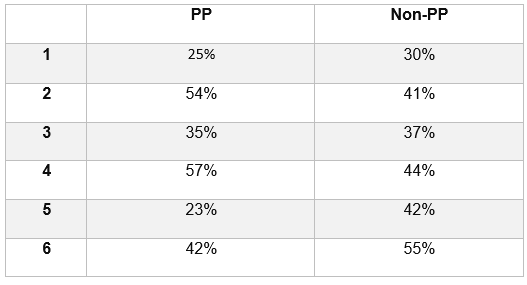 In KS1, Y1 reading 10%, writing 9%, maths 14% Gap between PP and non PP. In year 2, PP outperformed non PP. Internal assessments of KS2 pupils show that some gaps have closed. Partciulary in lower key satge 2 (years 3 and 4) The areas for focus this year are: Y5: reading 15% maths 15%, writing 19% gaps in comparison to Non-PP Y6: Reading 13% writing 11% The focus for closing the attainment gap in RWM for this academic year (2023/4) will be years 2 and year 6. |
| 2 | The majority of our pupil premium families also belong to other vulnerable groups such as speaking English as an additional language, being from underachieving minority ethnic groups and or, have special educational needs. This co-morbidity means that some disadvantaged pupils have complex learning needs. Whilst 11% of the wider school population has a SEN, 28% of the pupil premium pupils have SEN. |
| 3 | Observations and discussions with pupils suggest low levels of literacy in parts of the community which means that families are less well equipped to support their children with reading/homework |
| 4 | Our typical child joins our school (particularly EYFS) with language acquisition well below that of their peers. In addition, English is not their first language. |
| 5 | Due to cultural complexities, not all families that are eligible for PP apply. |
| 6 | Attendance of disadvantaged pupils is broadly in line/ slightly above non-disadvantaged pupils, 93.63 % compared to 93.03 % of non-disadvantaged pupils. (national at present 92.3% Oct but expectation is above 96% and this is our Ofsted target ) |
| 7 | Pupils have limited experiences outside of the home and the community |
Intended outcomes
This explains the outcomes we are aiming for by the end of our current strategy plan, and how we will measure whether they have been achieved.
| Intended outcome | Success criteria |
| Improved oral language skills and vocabulary amongst disadvantaged pupils. | Assessments and observations indicate significantly improved oral language amongst disadvantaged pupils. This is evident when triangulated with other sources of evidence, including engagement in lessons, book scrutiny and ongoing formative assessment. |
| Improved reading attainment amongst disadvantaged pupils in year 2 | KS1 reading outcomes in 2023/24 will show that more than 65% of disadvantaged pupils meet the expected standard. |
| Improved maths attainment for disadvantaged pupils in year 2 | KS1 maths outcomes in 2023/24 will show that more than 65% of disadvantaged pupils meet the expected standard. |
| Improved writing for disadvantaged pupils in year 2 | KS1 writing outcomes in 2023/24 will show that more than 65% of disadvantaged pupils meet the expected standard. |
| Improved reading attainment amongst disadvantaged pupils in years 2 and 6 | KS2 reading outcomes in 2024/25 will show that more than 60% of disadvantaged pupils meet the expected standard. |
| Improved maths attainment amongst disadvantaged pupils in year 6 | KS2 maths outcomes in 2024/25 will show that more than 65% of disadvantaged pupils meet the expected standard. |
| Improved writing attainment amongst disadvantaged pupils in year 6 | KS2 writing outcomes in 2024/25 will show that more than 70% of disadvantaged pupils meet the expected standard. |
Activity in this academic year
This details how we intend to spend our pupil premium (and recovery premium funding) this academic year to address the challenges listed above.
Teaching (for example, CPD, recruitment and retention)
Budgeted cost: £ [£82500]
| Activity | Evidence that supports this approach | Challenge number(s) addressed |
| Additional hours for teaching assistants for before school briefing meetings (£25,200) | EEF report :MAKING BEST USE OF TEACHING ASSISTANTS 2018 Recommendation 4 Ensure TAs are fully prepared for their role in the classroom | 1, 2, 3, 4, |
| Additional Senior management- leading on CPD- Teaching and learning (£20,000) | EEF report: EFFECTIVE PROFESSIONAL DEVELOPMENT Ensure that professional development effectively builds knowledge, motivates staff, develops teaching techniques, and embeds practice. | 1, 2, 3, 4, |
| Additional teaching support staff for EYFS (£19000) | EEF report :MAKING BEST USE OF TEACHING ASSISTANTS 2018 Recommendation 2 Use TAs to add value to what teachers do, not replace them | 1, 2, 3, 4, |
| Resourcing support from online providers (£2500) | EEF report Improving Literacy in Key Stage 2 Recommendation 5 Develop pupils’ transcription and sentence construction skills through extensive practice | 1, 2, 3, |
| Specialised RWINc support Teacher (£4800) | EEF report Improving Literacy in Key Stage 1 Recommendation 3 Effectively implement a systematic phonics programme | 1, 2, 3, 4, |
| CLPE resources (£5120) | Ofsted reading framework: Choose Core ‘read aloud’ stories and non-fiction: Literature is probably the most powerful medium through which children have a chance to inhabit the lives of those who are like them. | 1, 2, 3, 4, |
| UPS payments to support retention of High quality staff (£8000) | EEF report: Putting Evidence to Work – A School’s Guide to Implementation Recommendation 2 Create a leadership environment and school climate that is conducive to good implementation. | 1, 2, 3, 4, |
Targeted academic support (for example, tutoring, one-to-one support structured interventions)
Budgeted cost: £ [93,845]
| Activity | Evidence that supports this approach | Challenge number(s) addressed |
| NTP FFT lightning Squad £16000 | NTP Research led NFER | 1, 3 |
| NTP school led tutoring (£12000) | NTP Research led NFER | 1, 3 |
| Additional Learning Mentor (£15000) | Some evidence suggests that some pupils from disadvantaged backgrounds show low engagement with or have low expectations of schooling. Mentoring interventions may be more beneficial for these pupils, as the development of trusting relationships with an adult or older peer can provide a different source of support. | 1, 2, 3, 4, 6 |
| Additional hours for teaching assistants to deliver literacy and maths focused after school clubs (£28,200) | EEF report :MAKING BEST USE OF TEACHING ASSISTANTS 2018 Recommendation 5 Use TAs to deliver high quality one-to-one and small group support using structured interventions | 1, 2, 3, 4, |
| Subscriptions to online targeted reading programme- Lexia (£3,000) | EEF: The evaluation found that children who received Lexia made the equivalent of two additional months’ progress in reading, on average, compared to other children. | 1, 2, 3, |
| Subscription to Accelerated reader Targeted reading assessment year 3-6 (£3645) | EEF report Improving Literacy in Key Stage 1 Develop children’s early reading using a balanced approach | 1, 2, 3, 4, |
| Additional Senior management to support interventions (£20,000) | EEF report: Putting Evidence to Work – A School’s Guide to Implementation Recommendation 2 Create a leadership environment and school climate that is conducive to good implementation | 1, 2, 3, 4, |
Wider strategies (for example, related to attendance, behaviour, wellbeing)
Budgeted cost: £ [52150]
| Activity | Evidence that supports this approach | Challenge number(s) addressed |
| National Breakfast Programme (£3000). | National Breakfast Programme research | 1, 3, 4 |
| Additional Learning Mentor familiar with the local community (£20000) | When parents can communicate more effectively with school they can be more easily signposted to appropriate support. | 1, 2, |
| Additional Senior management (£20,000) | EEF report: Putting Evidence to Work – A School’s Guide to Implementation Recommendation 2 Create a leadership environment and school climate that is conducive to good implementation | 1, 2, 3, 4, |
| Contribution to Breakfast club (£1500) | EEF evaluation found that supporting schools to run a free of charge, universal breakfast club before school delivered an average of 2 months’ additional progress for pupils in Key Stage 1 with moderate to low security. | 1, 2, 3, 4, |
| Contribution towards mini buses to support Lotc- cultural capital (£5000) | OFSTED LOTC report: When planned and implemented well, learning outside the classroom contributed significantly to raising standards and improving pupils’ personal, social and emotional development | 1, 2, 3, 4, 7 |
| Contribution towards cost of Lotc experiences including residentials (£2650) | OFSTED LOTC report: When planned and implemented well, learning outside the classroom contributed significantly to raising standards and improving pupils’ personal, social and emotional development | 1, 2, 3, 4, 7 |
Total budgeted cost: £ £260,310
Part B: Review of outcomes in the previous academic year
Pupil premium strategy outcomes
This details the impact that our pupil premium activity had on pupils in the 2021 to 2022 academic year.
End of 2022/2023 data update: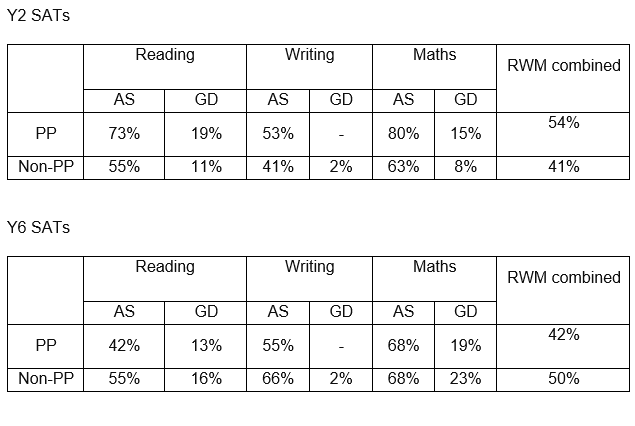 |
Externally provided programmes
Please include the names of any non-DfE programmes that you purchased in the previous academic year. This will help the Department for Education identify which ones are popular in England
| Programme | Provider |
| Lexia Core 5 | Lexia Learning |
| Accelerated Reader | Renaissance learning |
